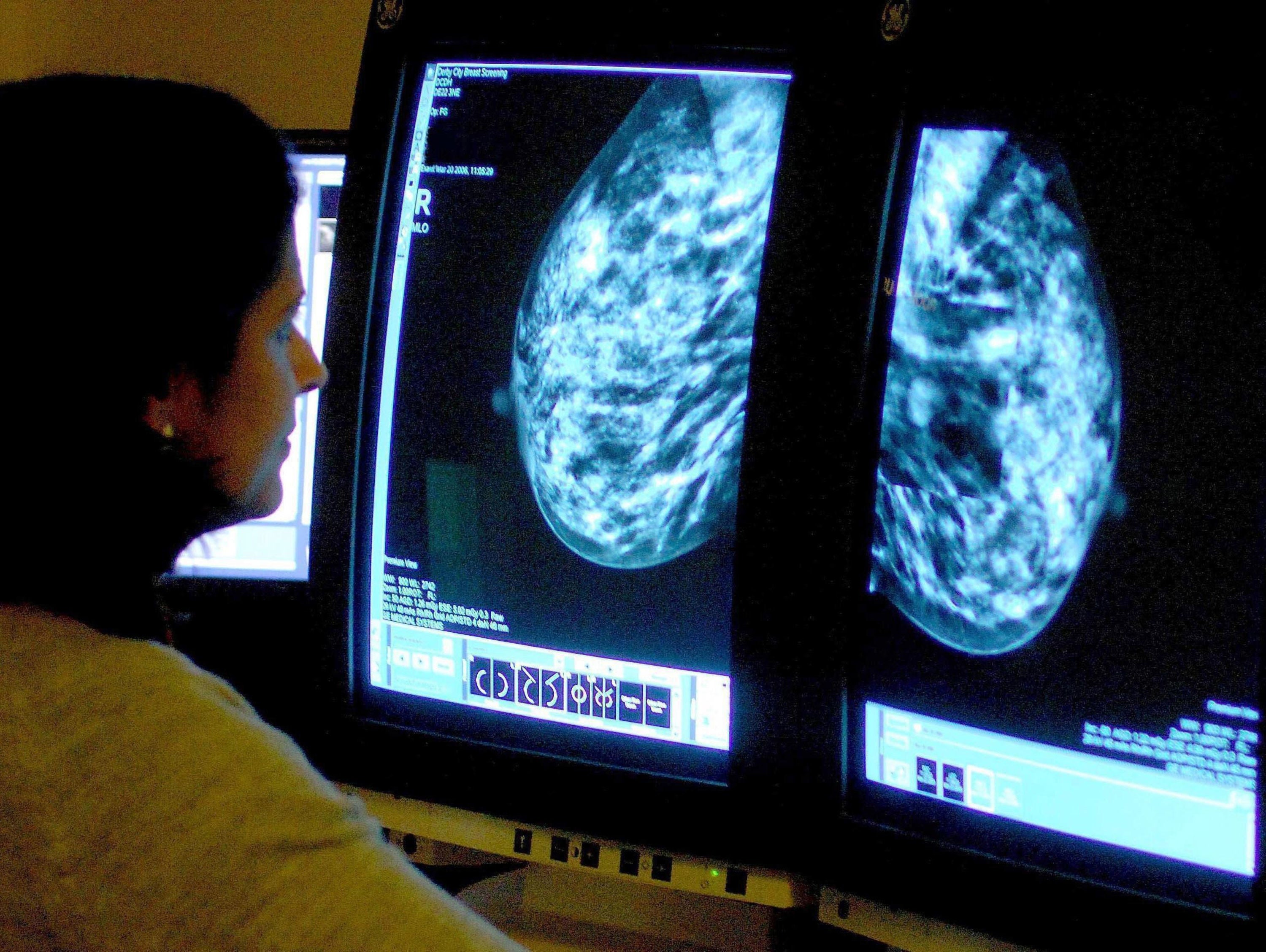Death rate from cancer has dropped 30% over the last decade
A new report credits increased access to screening and care, declining rates of smoking, and new treatment methods with the drop
The cancer death rate in the US fell by 32 per cent between 1991 and 2019, according to a new report released on Wednesday.
The American Cancer Society also states that the sharp fall in mortality rates translates to around 3.5 million fewer cancer deaths over the same period – had the rate stayed unchanged, Axios reported.
The ACS go on to cite several key reasons for this encouraging trend. Compared to 1991, cancer screenings are far more accessible today in the US, while the ever-declining number of smokers in the Western hemisphere has also helped massively.
Similarly, individuals who do go on to develop lung cancer are now living longer and healthier lives, thanks to early detection and new combination therapies.

Historically deadly liver cancer has also stabilized in terms of numbers, as only a few years ago it was one of the fastest increasing cancers in the US, according to ACS data.
“The data actually tells us from a wellness perspective, in every possible way, that quitting smoking at any age, at any time, at any habit level is impactful for someone’s health,” American Cancer Society CEO Karen Knudsen told CNN .
“Studies have shown that for someone who’s diagnosed with cancer, irrespective of what that cancer is – lung cancer or another cancer – if they quit smoking at the time of cancer diagnosis, it’s strongly associated with a better outcome.
“So, smoking cessation is important for not only preventing cancer, but for giving yourself the greatest possible chance of a good outcome if you’re being treated with cancer.”
She also notes that while screening for lung cancer has only slightly increased recently, the effects have been much greater.
About 28 per cent of lung cancer diagnoses in 2018 were detected early in the ‘localized stage,’ which is an increase from 14 per cent in 2004.
In addition, Ms Knudsen observes that increased screening for all cancer types is as crucial as ever.
“Even prior to Covid, screening uptake was not where it needed to be for the US public,” she said, adding that uptake for lung cancer was still among the worst.
Join our commenting forum
Join thought-provoking conversations, follow other Independent readers and see their replies
Comments
Bookmark popover
Removed from bookmarks